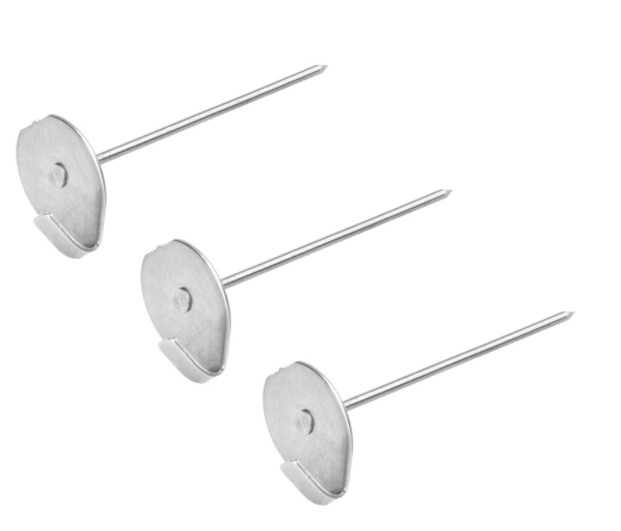Temperature control techniques for Hog Rings
Author: admin Date: 2024-08-09 17:15:58 Category: INDUSTRY NEWS
The temperature control of pig pens is a crucial part of pig management, directly affecting the health and growth rate of pigs. Here are some effective temperature control techniques to help pig farmers better manage their pigsty environment.
1. Understand the appropriate temperature:
-Pigs at different stages have different temperature requirements. Newborn piglets require a relatively high temperature, usually between 32-35 degrees Celsius; Fattening pigs are suitable for growing in an environment of 18-24 degrees Celsius. Pig farmers should adjust the temperature of their pens reasonably according to the different growth stages of their pigs.

2. Use a temperature controller:
-Modern pig farms usually install automatic temperature controllers that can automatically adjust heating equipment and ventilation systems according to the set temperature range. This device not only maintains a constant temperature, but also saves energy and labor costs.
3. Reasonable ventilation design:
-A good ventilation system is the key to maintaining stable temperature in the pigsty. Pig farmers should ensure air circulation in their pens to avoid the accumulation of moisture and harmful gases. Especially in summer, proper ventilation can effectively reduce the temperature inside the pigsty and prevent pigs from getting heatstroke.
4. Regularly inspect heating equipment:
-Before winter arrives, a comprehensive inspection and maintenance of the heating equipment inside the pigsty should be carried out to ensure its normal operation. Common heating equipment includes infrared heating lamps, electric heating plates, and hot water boilers. Regular inspections can not only prevent equipment failures, but also improve heating efficiency.
5. Utilize insulation materials:
-Using insulation materials on the roof and walls of the pigsty can effectively reduce the impact of external temperature on the interior of the pigsty. Especially in areas with variable climate, insulation materials can help maintain temperature stability inside pigsties and reduce energy consumption.
6. Pay attention to the ground temperature:
-The ground temperature also has a significant impact on the health and comfort of pigs. Pig farmers can raise the ground temperature by laying underfloor heating or using padding to prevent pigs from getting sick due to the cold ground.
7. Monitoring humidity:
-Temperature and humidity are two interrelated factors. Excessive or insufficient humidity can affect the temperature regulation of pigs. Pig farmers should regularly monitor the humidity inside their pens and maintain appropriate humidity levels through ventilation and dehumidification equipment.
Through the above temperature control techniques, pig farmers can provide a comfortable and healthy growth environment for their pigs, promoting their rapid growth and development. Scientific and reasonable temperature management can not only improve breeding efficiency, but also reduce the occurrence of diseases and ensure the sustainable development of pig farming.